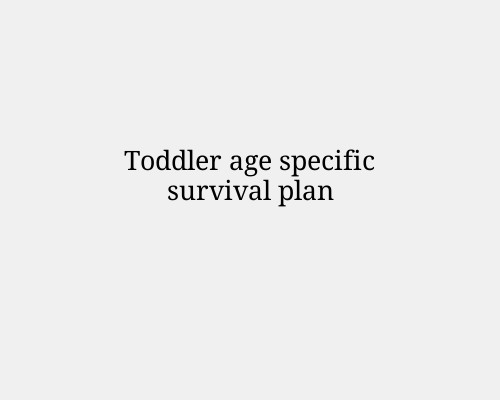
At age 2, most toddlers are starting to transition from two naps to one, and that shift alone can trigger a sleep regression – even if they seem to need both naps.
Here’s your age-specific survival plan for a 2-year-old with a two-nap schedule:
Understand what’s happening
Around 24 months, the body clock starts consolidating sleep into one longer midday nap.
Two naps may push bedtime too late or cause night waking because they’re simply getting
too much daytime sleep.
Add in toddler milestones — big language bursts, independence, and sometimes potty training — and bedtime resistance or night waking can spike.
Adjust the nap schedule gradually
Current (likely) schedule:
Morning nap: ~9–10 a.m.
Afternoon nap: ~2–3 p.m.
Transition plan:
Push the morning nap later by 15–30 min every 3–4 days until it’s around 11:30 a.m.– 12:00 p.m.
Drop the afternoon nap once they can handle staying awake from morning to bedtime without getting too cranky.
On transition days, use an early bedtime (6:30–7:00 p.m.) to avoid overtiredness.
Protect bedtime
Same routine, same time — even if naps were messy that day.
Keep it short and calm: bath → story → cuddle → sleep.
Avoid screen time for at least 1 hour before bed — it delays melatonin release.
Manage night wakings
Go in briefly, offer calm reassurance, and leave.
Avoid picking up unless they’re truly upset — try patting, shushing, or giving their comfort toy.
Keep lights dim and interactions boring so they don’t wake fully.
Handle overtired crankiness during the transition
Use quiet time in place of the second nap (dim lights, books, soft music).
Get outside daily — sunlight helps reset the body clock and improves sleep pressure.
Offer extra comfort — regressions often come with clinginess.
What’s normal
Transition can take 2–6 weeks.
Some days will be perfect, others will be a mess — don’t panic.
Sleep will stabilize once they fully adjust to one nap.